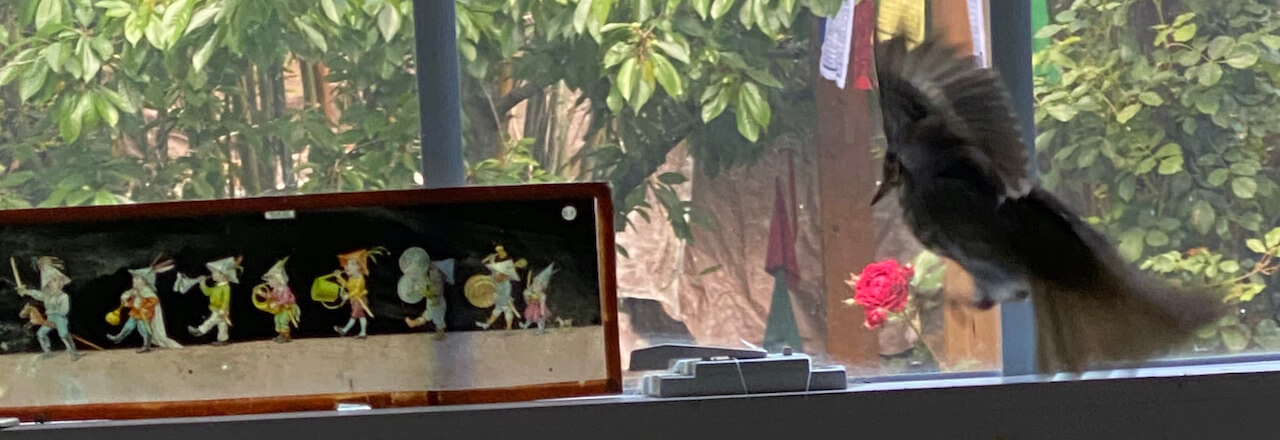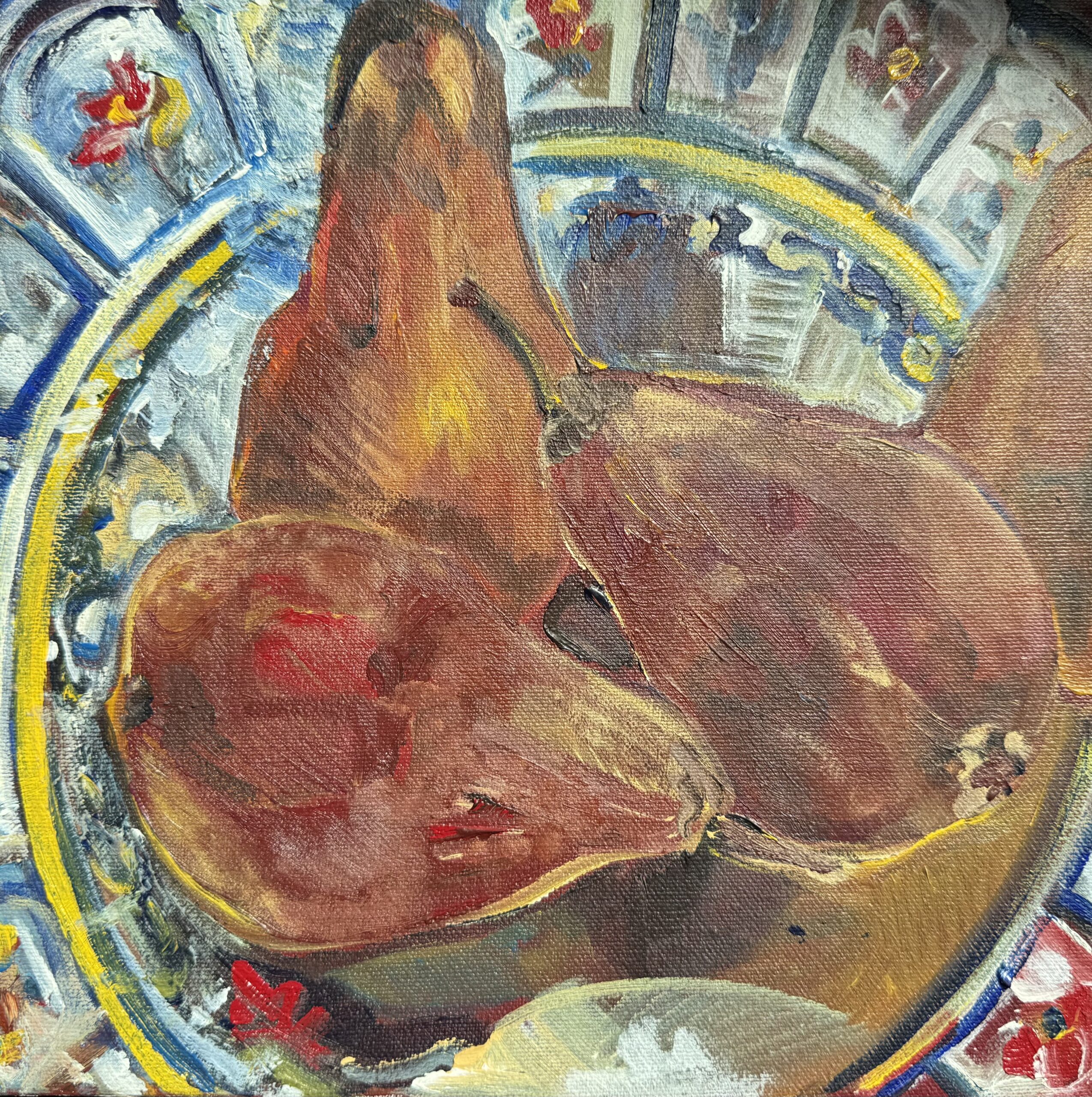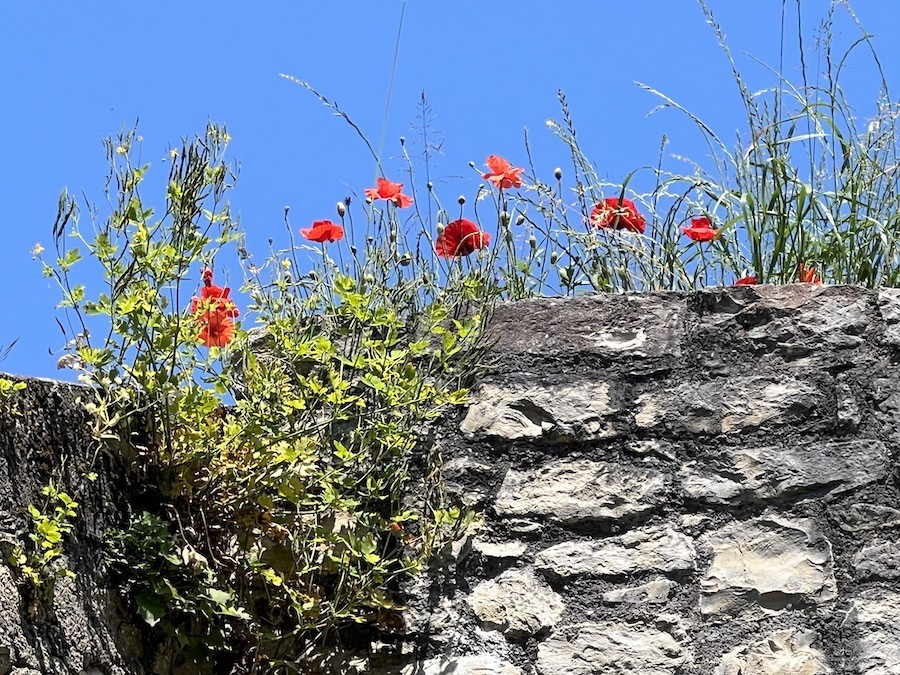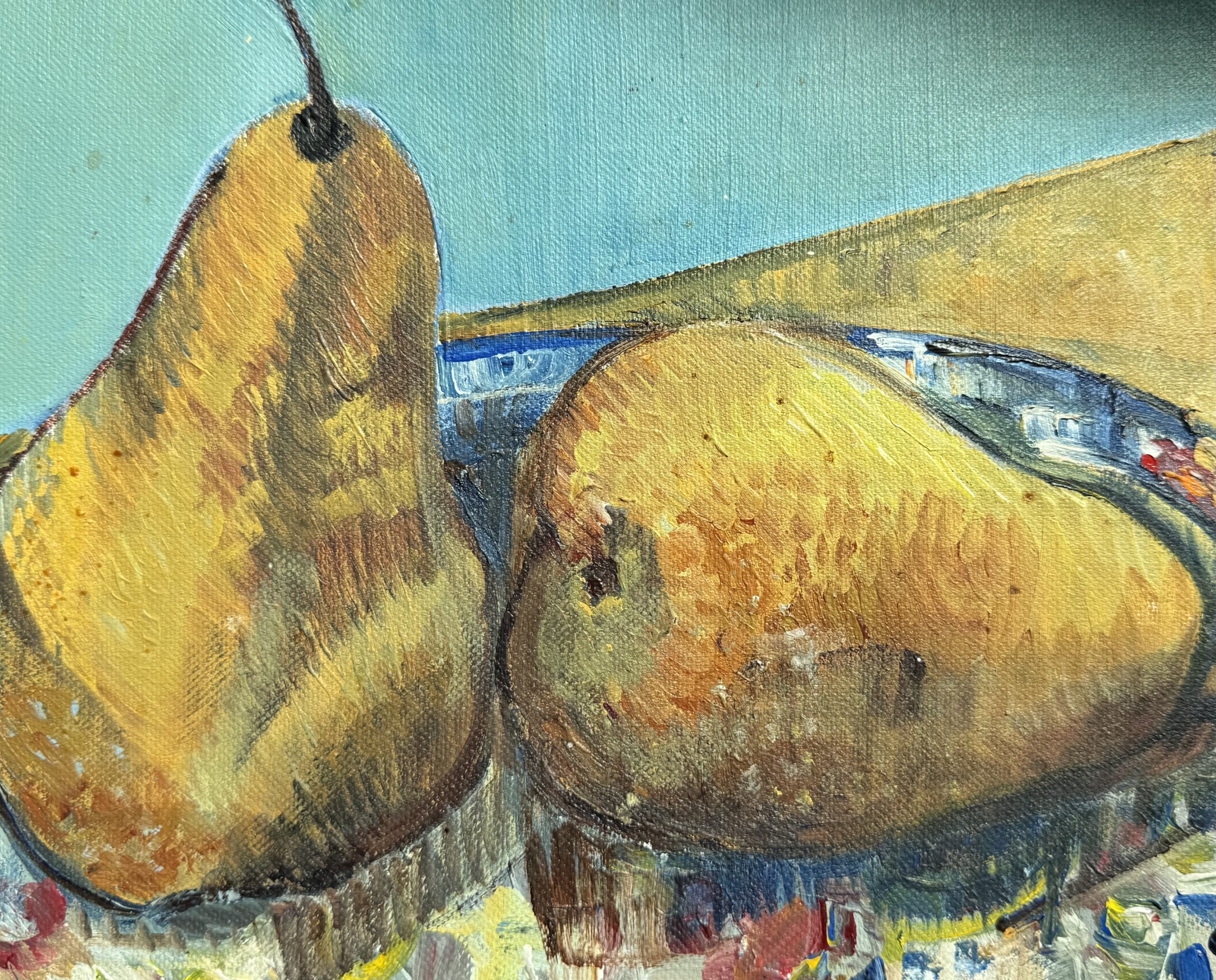“The Handless Maiden & the Fruits of the Night”
by Marion Donehower
Report from the Section Fairytale Group

Introduction
This Grimm fairytale is a very gripping and intense story. It has unforgettable mysteries and pictures of the journey of a maiden. Just hearing the title “The Handless Maiden” makes you stop and wonder.
What happens when you do not have hands? You are totally dependent on others! I believe that the sensitivity of our fingers and our hands have a direct connection to the heart.
There is much to contemplate in this story’s symbols and experiences. It is rewarding to follow the transformation of the young woman through endurance and sacrifice, and that is what we have discussed in our recent meetings of the Section’s Fairytale Group.
The Story
A miller makes a pact with the devil. The Devil tells the miller that he will be instantly rich if he gives the devil what is behind his house. The miller thinks “there is nothing of value behind my house.” But – alas! — his daughter is behind his house. She is sweeping the yard.
After three years the devil comes to collect the debt and pick up the maiden. But the very day that the devil appears, the young woman bathes, and dresses in white. She draws a magical protective circle around herself with white chalk. This is a purification ritual from the old goddess religions. The white gown signifies descent to the underworld. When the devil sees her, he gets thrown back by an unseen force all the way across the yard. He cannot get to the young woman, and he screams: “She must not bathe!”
Unable to bathe, the young woman got matted hair. She began to resemble a beast.
When the devil came back once more to seize her, she weeps. The entire family laments. But her tears clean her arms and hands.
Now, the devil hates those tears! They are another protection for the young woman. The devil shouts: “Chop her hands off!”
And the father obeys.
Fruits of the Night
The girl leaves the house and her parents. She walks and walks until in the middle of the night she reaches the royal orchard. The moon shines on the fruit trees, and she is very hungry. She knows that the fruit is special; however, she could not enter the orchard because it is protected by a moat. But a spirit guide in white appears. It opens a gate to empty the water in the moat.
A pear on a branch of the fruit tree bends so low that the maiden can eat it in the moonlight without her hands. The pear gives her nourishment. Its juicy fruit is connected to the Virgin Mary.
The next morning the King discovers that one of the pears is missing. That night he keeps watch with his gardener and a magician. The three men sit under a tree in hiding. At midnight, they see a maiden floating through the forest. She looks dirty and disfigured; she is wearing rags. A spirit in white is beside her. Another branch with pears bends to the maiden so that she can eat. The magician asks her: “Are you of this world or not?” And she answers: “I was once of this world; and yet, I am not of this world.”

Mysteries of Eleusis and the Underworld
This rich picture reminds me of the Eleusinian mysteries of ancient Greece that are based on the Demeter and Persephone purification cult. Only gods and heroes could travel to Elysium, which is the paradise with orchards of fruit and colorful flowers. Everything grows in abundance. This fruit seems to be the special fruit for the handless maiden. It gives her nourishment, and it gives her strength to ground on earth again. The maiden receives strength from the pear and from the three men: the king, the gardener, and the magician. This represents masculine forces that she must integrate. These will help to heal her and to balance her.
The last part of the fairytale brings more challenging transformations and sacrifices for the handless maiden. The King takes her home with the promise to take care of her forever. The King and the Queen marry and have a baby. The King in his love for his Queen presents her with silver hands – very fitting for a queen. This gift is precious.
But Robert Johnson writes: “to be trapped in silver handedness is no less isolating than to be incapacitated by having one’s hands chopped off. If anything, it is worse since it is not as obvious.” Silver is cold; it is not warm and loving like real live hands.
The Queen now has a child. But how can she love and hold it with silver hands?
And in time, the maiden and the king are separated due to war, and she goes into the forest with the baby for seven years. There her hands grow back. First, they are baby hands, then children’s hands, and then adult hands. Robert Johnson has a version of the story in which the baby falls into a river. No person stands by to help, so the mother throws away her useless silver hands; and as she pulls the baby out of the water, her hands are restored. Now the handless maiden is whole again, and she is ready to meet her husband after seven years.

“Pears” by Suri Oru
Stages of Transformation
Pinkola Estes sees this fairytale as an alchemical story in which the maiden goes through stages of alchemical transformation. She gains strength, balance, renewal and harmony through her hardship and endurance. Each stage has a special significance. Nigredo: loss; rubedo: sacrifice; albedo: coming of light.
Another scholar of fairytales, Almut Bockemühl, talks about a 1921 lecture by Rudolf Steiner in which Steiner talks about Rosicrucians.
“The Rosicrucians had a method. That which they researched during the day would be taken into the night into the spirit world. This created a bridge for Michael to the earth, and by this means Michael became in touch with the earth.”
The image of the fruits of the night is one example, according to Bockemühl. The fruits of a tree – apple or pear – must be guarded at night because they are special. When they become ripe, they disappear into a different realm, which is normally not accessible to human beings. The Rosicrucians wanted to translate esoteric wisdom into pictures. With as an ideal, it becomes possible through spiritual scientific practice and art to create living pictures in this Rosicrucian manner.

“Natura Naturata” photo by Bruce Donehower
Books mentioned in this report
Almut Bockemühl.
Märchen und Rosenkreuzer
Pinkola Estes.
Women Who Run with the Wolves
Robert A. Johnson
The Fisher King and the Handless Maiden: Understanding the Wounded Feeling Function in Masculine and Feminine Psychology
Paintings of Pears by Suri Oru

